Upcoming Art Fair

Upcoming Art Fair
Upstream Gallery presents:
Digital Landscapes
at Amsterdam Art Fair 2016
During this years edition of the Amsterdam Art Fair, Upstream Gallery proudly presents the group exhibition 'Digital Landscapes', including works by Constant Dullaart, JODI, Jan Robert Leegte, Noor Nuyten and Rafaël Rozendaal. Pioneers in the application of digital technology in art since the 1990s combined with a younger generation of artists that effortlessly switch between digital and non-digital media.
From the depiction of landscapes in frescos decorating the rooms of Ancient Pompeii villas to the use of nature as representation of the sublime in 19th century Romanticism, artists have taken the landscape as source of inspiration for their work and as means to express their artistic vision. The artists presented by Upstream however did not respond to the natural landscape, but deal with the omnipresent virtual landscapes that we are more and more surrounded by.
-79_x_119_cm-lores1_kopie.jpg)
Constant Dullaart, Jennifer in Paradise (PaintDaubs_Sparkle), 2015
Lenticular print, 79 x 119 cm
Photo: Gert Jan van Rooij
Constant Dullaart (NL, 1979) makes influential work that is deeply connected with the internet. Both online and offline, he reacts critically to the power structures of mega corporations that dramatically influence our worldview through the internet. He examines the boundaries of manipulating Google, Facebook and Instagram and recently started his own tech company Dulltech with Kickstarter. Like a digital archeologist, he also delves into the early days of the internet. The series Jennifer in paradise is based on the photo that was used as demonstration material in the first version of Photoshop. The founder of Photoshop made the picture of his girlfriend on a tropical beach. The intimate image would be adapted and manipulated by thousands of users of the program, before it would disappear in oblivion. Dullaart wants to give this photo, the very first to be manipulated with software that would change visual culture forever, back its iconic status in our collective memory. The presentation during Amsterdam Art Fair includes the Jennifer in Paradise wallpaper, in combination with a version of his lenticular prints.
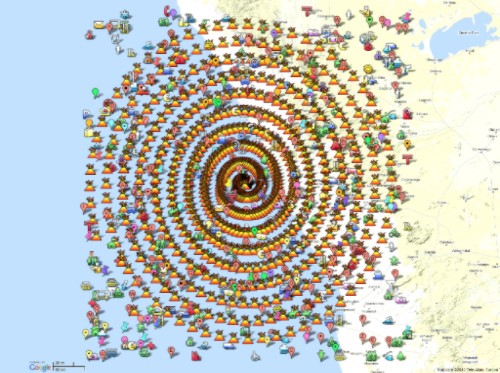
JODI, GEO GOO, 2008 (screengrab)
JODI is an art collective consisting of Joan Heemskerk (NL, 1968) and Dirk Paesmans (BE, 1965). They are widely acknowledged as the founder of net.art, an experimental 1990s art movement. Not only have they investigated the possibilities of the Internet as artistic platform since it’s beginning, they were also very early in critically reflecting on the medium itself.
JODI’s works are characterized by digital chaos; their motto is "no content". The work GEOGOO.net is based on the application Google Maps, used daily by millions of people for orientation purposes. But JODI has fully appropriated the system, discarding it of all logic. As a result, the maps become extremely disorienting, with icons creating random geometrical shapes. The site consists of a happily chaotic mess of information that is made completely useless.
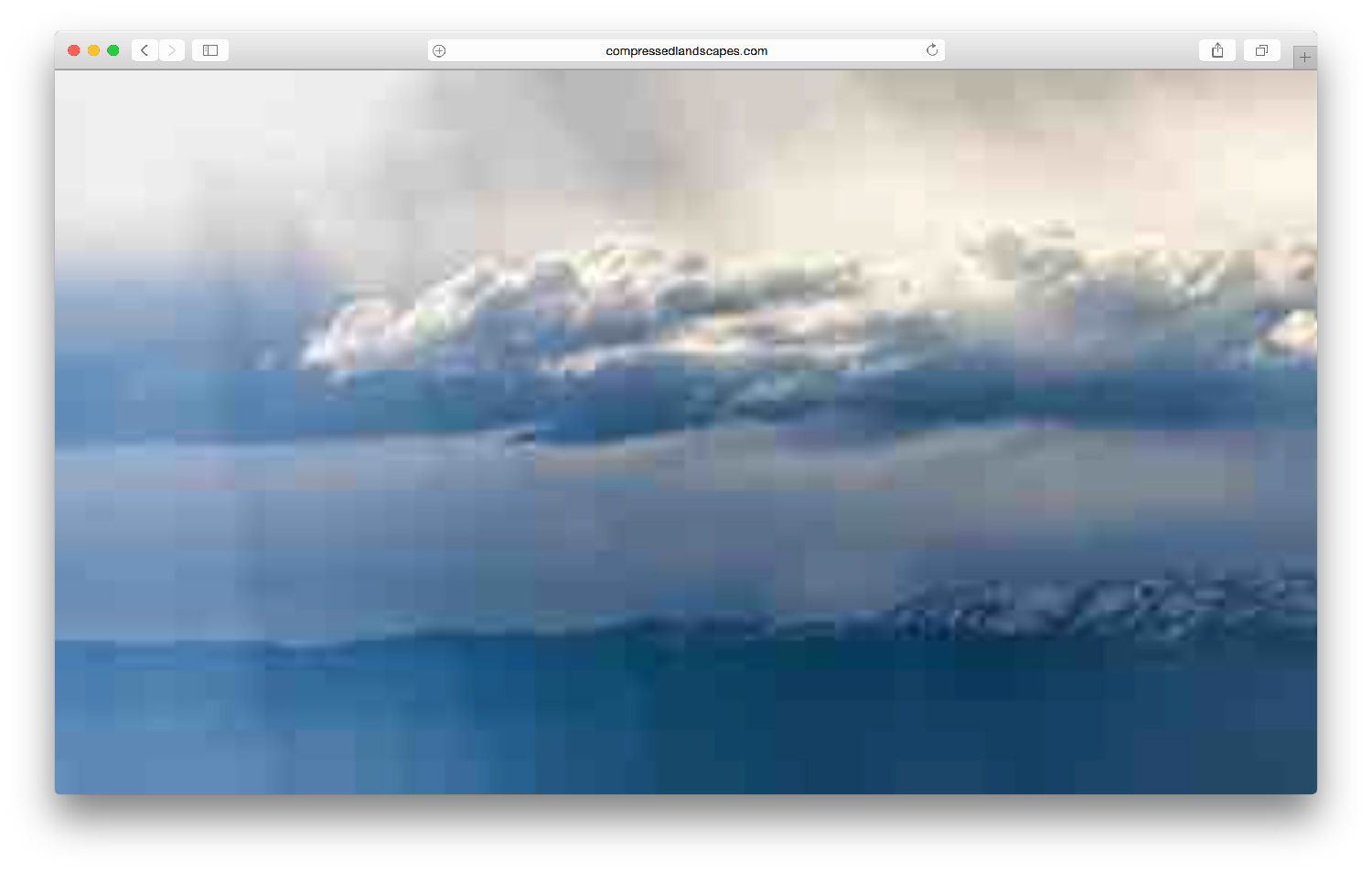
Jan Robert Leegte, Compressed Landscapes .com, 2016 (screengrab)
Jan Robert Leegte (NL, 1973) is among the first Dutch artists who were involved in the 90s NetArt movement. Since 1997 he creates art in the form of websites, which he connects to art historical movements such as minimalism, land art and conceptualism. Leegte also translates the themes of his work to offline media such as print, sculpture and projections. A recurring theme in his work is the sculptural materiality of interfaces of computer programs. For the Mountains and Dropshadows series, Leegte took random images depicting mountains from public photography websites. The images are then provided with a 'dropshadow': a visual effect consisting of a drawing element that looks like the shadow of an object, giving the impression that the object is raised above the objects behind it. The work compressedlandscapes.com makes use of random landscapes that are taken live from photo sharing website Flickr and then provided with a maximum JPEG compression by use of a script. Images and particularly photographs have lost a great deal of their magic and appeal since they started flooding the net. By taking them as raw matter for the new camera (computer software) and the new eye (the network), images are reinstated with the poetry and the magic of the image.
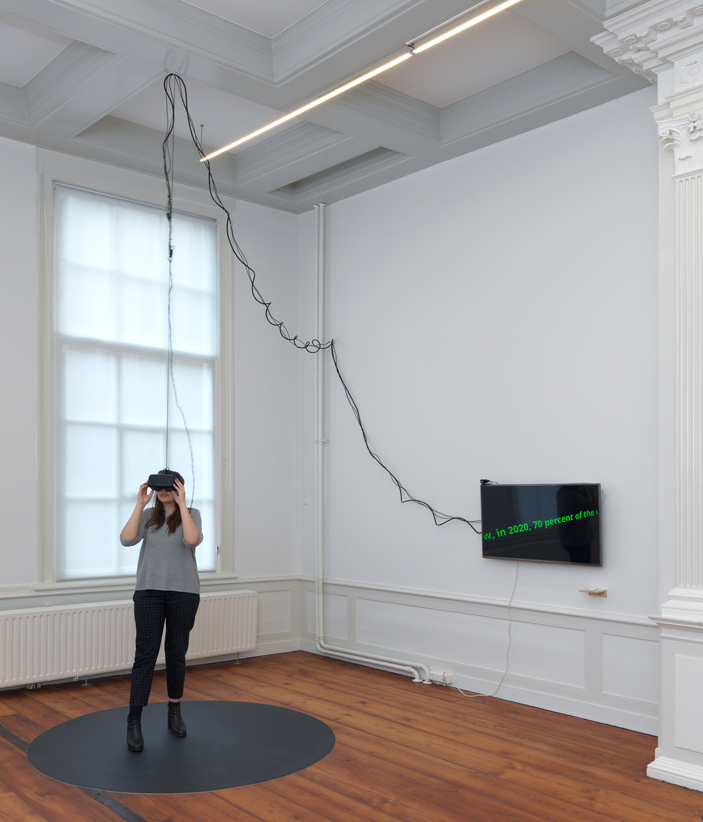
Installationshot Noor Nuyten 'Rehearsing the Future', 2016, text in virtual divide, Oculus Rift, flat screen, vinyl floor at Upstream Gallery. Photo Gert Jan van Rooij.
Noor Nuyten (NL, 1986) creates conceptual works that often provide new ways to engage in a critical but humorous relationship with rationally structured systems such as time, language and units of measurement. For the Amsterdam Art Fair Nuyten comes with a new multi-layered work which can be discovered using the Oculus Rift. Once visitors engage with the Oculus rift, they will be surrounded by a landscape built with text. They will enter a private mode of reading, choosing their own direction and pace.
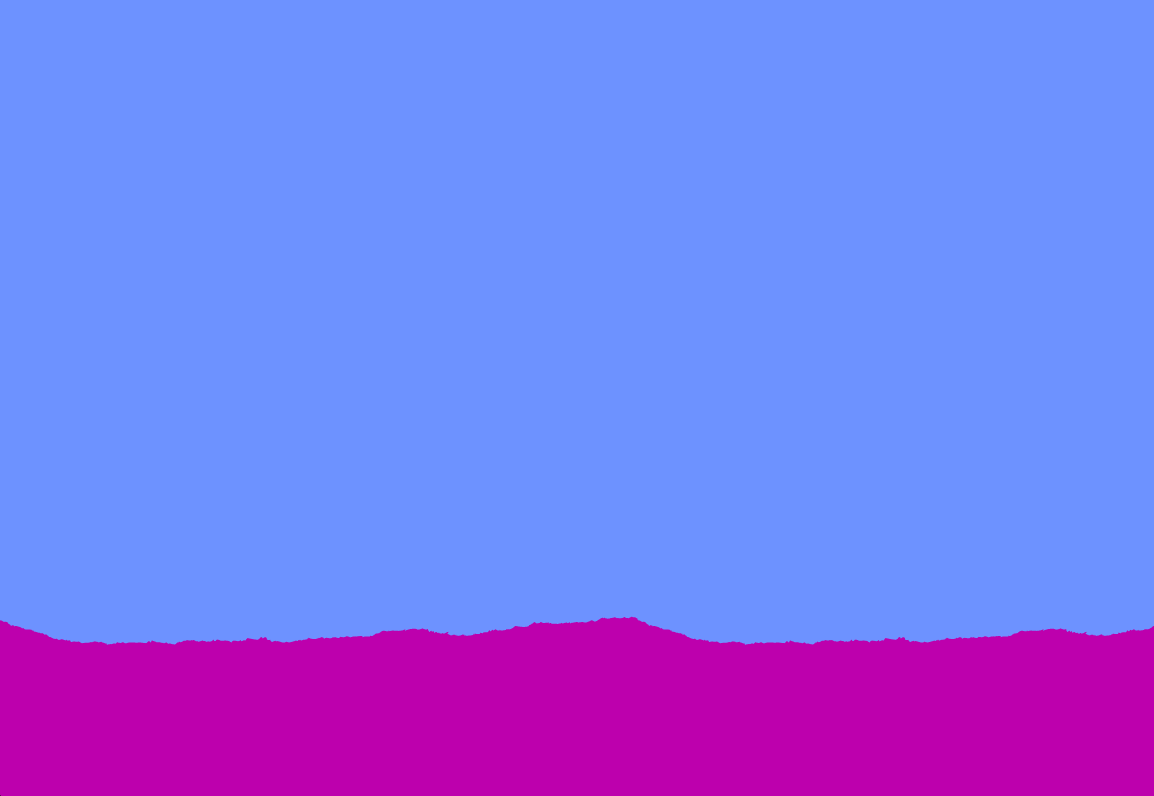
Rafaël Rozendaal, Unknown Landscape .com, 2016 (screengrab)
For Rafaël Rozendaal (NL, 1980), the Internet functions as studio, canvas and exhibition space all in one. Since 2001, he has been creating artworks in the form of websites. These works exist purely online: they have no physical form or location. The websites are based on a set of rules, and finding out how they work is up to the visitor. With the cursor one can interact with the work, which affects its visual form.
Some websites give a simple yet satisfying pleasure, like popping bubble wrap. Others provide an almost hypnotic and meditative experience, just like staring into a re or at the ocean. In some works, the boundaries between the artwork and the rest of the Internet are being broken. There are sites with simply stylized objects, but also more abstract works, referring to art historical move- ments of the twentieth century with their geometric motifs and at compositions.
The playful and colourful visuals of the works of art can be misleading: they often touch upon a more serious subject matter. This is reflected in titles such as Deep Sadness .com, that give the works an alienating quality. The titles additionally function as location, shape and frame of the digital pieces.
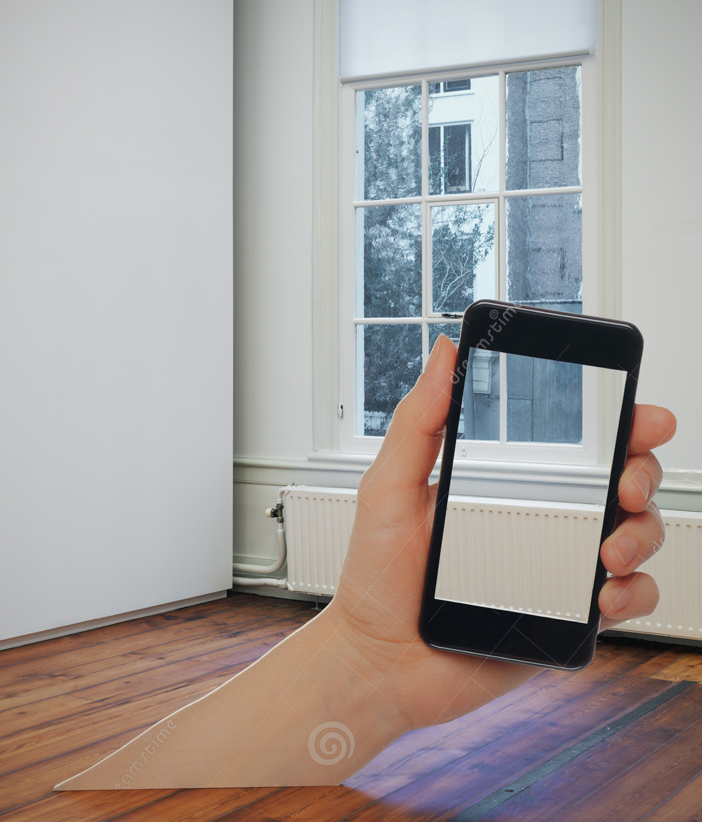 Aram Bartholl, Point of View, 2015
Aram Bartholl, Point of View, 2015
4-color inkjet print on vinyl, wood, 221 x 170 cm
Photo: Gert Jan van Rooij
Beeld 2 including Aram Bartholl
Opening concurrently with the Amsterdam Art Fair, in an unusual building on Johannes Vermeerstraat, is the exhibition Beeld 2. As a sequel to the pop-up exhibition Beeld, which took place on the upper floor of the Citroën garage during the first edition of the fair, Beeld 2 will reflect tendencies in contemporary sculpture through a range of works proposed by participating galleries and selected by Karel Schampers and Joost de Clercq.
This years edition of the exhibition will include the Point of View sculpture by Aram Bartholl, that was on view earlier at Upstream Gallery during the Shifting Optics III exhibition. In the installation Point of View, Bartholl researches the role of the hand held screen as a view on the world. Thanks to developments such as Google Glass, the domination of these screens in our environment will decrease again in no time.
Publication date: 18 May '16

